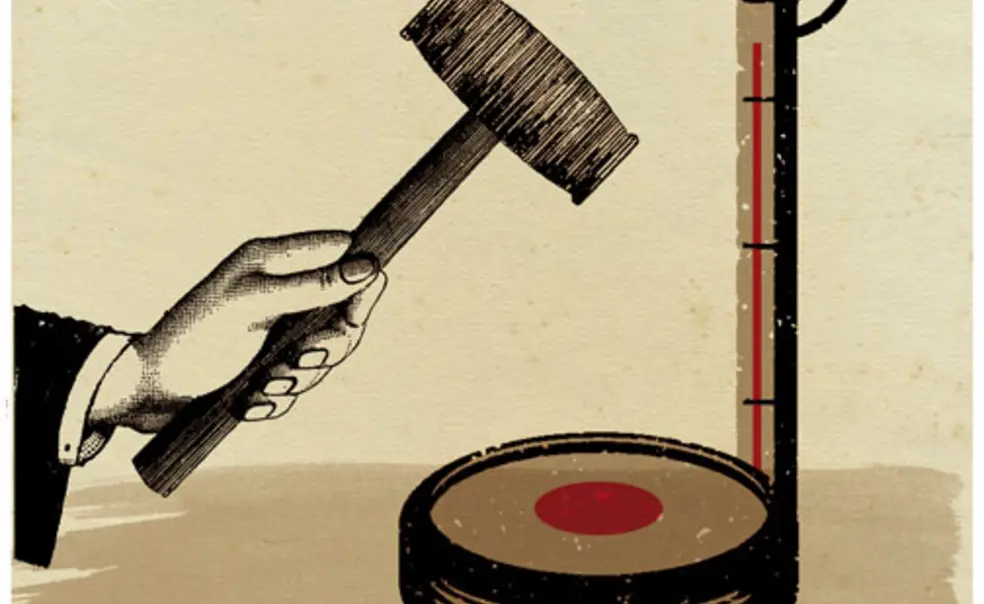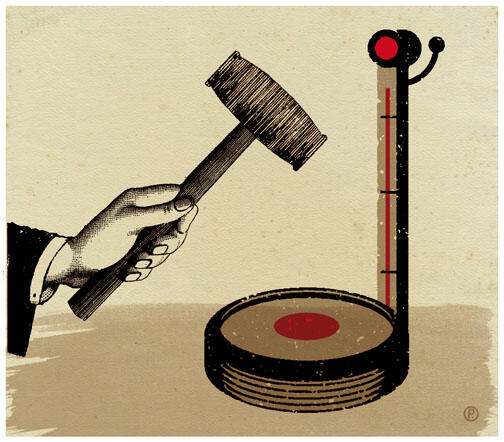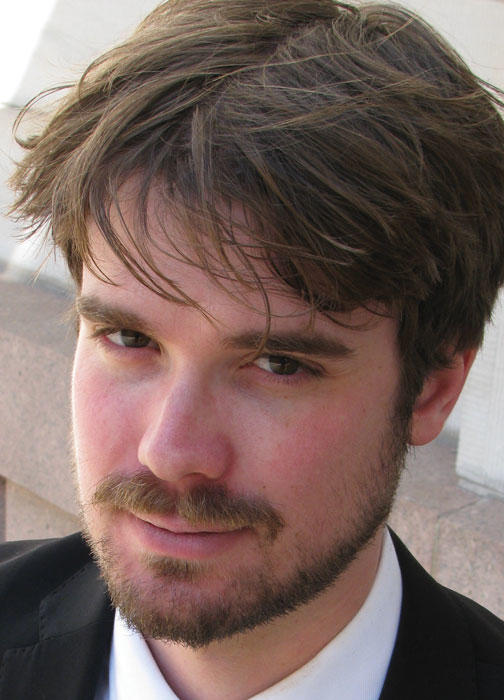Criminal injustice: A view inside the courtroom
When I was 15 years old, I began an internship with Judge C. Darnell Jones II, then a criminal-court judge in Philadelphia and now a federal judge in the Eastern District of Pennsylvania. Before becoming a judge, he worked as a public defender. Judge Jones, who is African-American, was deeply moved by what he perceived to be the inequities of the criminal-justice system, a small corner of which fell under his purview. I will never forget the day when the judge wept openly in court as he sentenced a young African-American man to a lengthy prison term. The judge asked, “What will it take so that I never will have to send another young brother to prison?”
Almost two decades later, I am a public defender working in New York City. I represent a large number of indigent clients, most of whom are black or Latino. I have arrived at the view that the criminal-justice system is broken in ways that I never imagined as a teenage intern sitting in Judge Jones’ courtroom. While my focus is on defending individual clients, I believe that we must profoundly change our approach to criminal justice in the country. Otherwise, my task will remain Sisyphean, and the rhetoric in our public discourse about America’s commitment to the ideals of freedom and justice, so ubiquitous in this election year, will continue to mock and humiliate my clients.
Many people do not understand how the criminal-justice system has evolved. It is very different from what it was years ago, and I shudder to think how misleading television programs such as Law and Order have influenced public perceptions. Trials are rare, and most cases end with plea bargains. The advent of ever-harsher sentencing regimes has shifted the balance of power decidedly to the prosecution.
A false perception of the criminal-justice system is furthered by the experience of “mainstream” or middle-class Americans who, if they happen to be arrested, generally exit the system with no idea of what would have happened to them if they were poor and black.
For example, when large numbers of white, middle-class Occupy Wall Street protesters were arrested in New York City last fall, the vast majority were released without bail at their initial arraignment. Although I never have been arrested, I can attest that it is a brave act to volunteer to be arrested in New York City. I saw the pride in the Occupiers’ faces when they were released. But as they walked out the door with their badge of honor, what did they make of the long line of black and Latino men and women waiting to be let into the building? Did they consider that the concentrated, militarized police action that briefly turned its attention to the Occupiers is an everyday reality for black and Latino communities in cities across the United States 365 days a year?
This reality includes the New York City Police Department’s “stop and frisk” program, which clearly targets poor black and Latino New Yorkers. In 2011 the Police Department reported 684,330 stops and searches. Although New York City is 45 percent white, 85 percent of the individuals who were stopped and frisked were black or Latino. And of those stopped, 88 percent were released immediately because they were found innocent of any wrongdoing. It is clear to me that when the police uncover no wrongdoing 88 percent of the time, these stops are not based on reasonable suspicion of illegal activity, as required by the U.S. Constitution and New York State law. It is no accident that if you walk into any courtroom in New York City, you will find it packed with black and Latino men and women waiting to see the judge.
I do not doubt the sincerity of the new assistant district attorneys who arrive in the courtrooms each fall to prosecute my clients. But they are forced to operate in the same broken system I am, and they often fail to sufficiently address the problems associated with the role they have elected to play. Young, mostly white, and committed to their work, they seem largely unconcerned with and unaware of the crisis of racism and oppression in our courts. Career advancement in the DA’s office, and in subsequent private employment, is linked to convictions. Doing justice becomes a secondary goal.
Our courtrooms are light boxes that illuminate the insidious racism and powerful mechanisms of oppression inherent in our American way of life. We have a responsibility to reverse the disparate racial effects of our criminal-justice system. Black and Latino communities have borne the cost of a failed system, and while it may be unrealistic to hope for seismic change in the deeply entrenched attitudes of decision-makers, I believe the system is ripe for real reform. As the Occupy movement re-emerges this spring, it should look beyond its own charged relationship with the police and seek meaningful criminal-justice reform by deepening its ties with advocacy groups working to end abusive practices like stop and frisk. And young assistant district attorneys should hold fast to their more idealistic motivations for becoming prosecutors and challenge their office’s culture that turns a blind eye to the unfairness in our criminal-justice system.
During my high school internship with Judge Jones, I often would walk in the morning with him from his chambers down to the robing room behind his courtroom. One morning, watching as the judge pulled his robe on over his suit, I asked what that moment of transition meant to him, and what he thought about as he put on his robe.
After some quiet consideration, he said he hoped ardently before taking the bench each morning that he would not do undue damage to anyone’s life during the day’s proceedings. That comment continues to inform my own work, and it would be a good place to begin a re-evaluation of our criminal-justice system.
Benjamin West ’01 is a public defender in New York City.













No responses yet